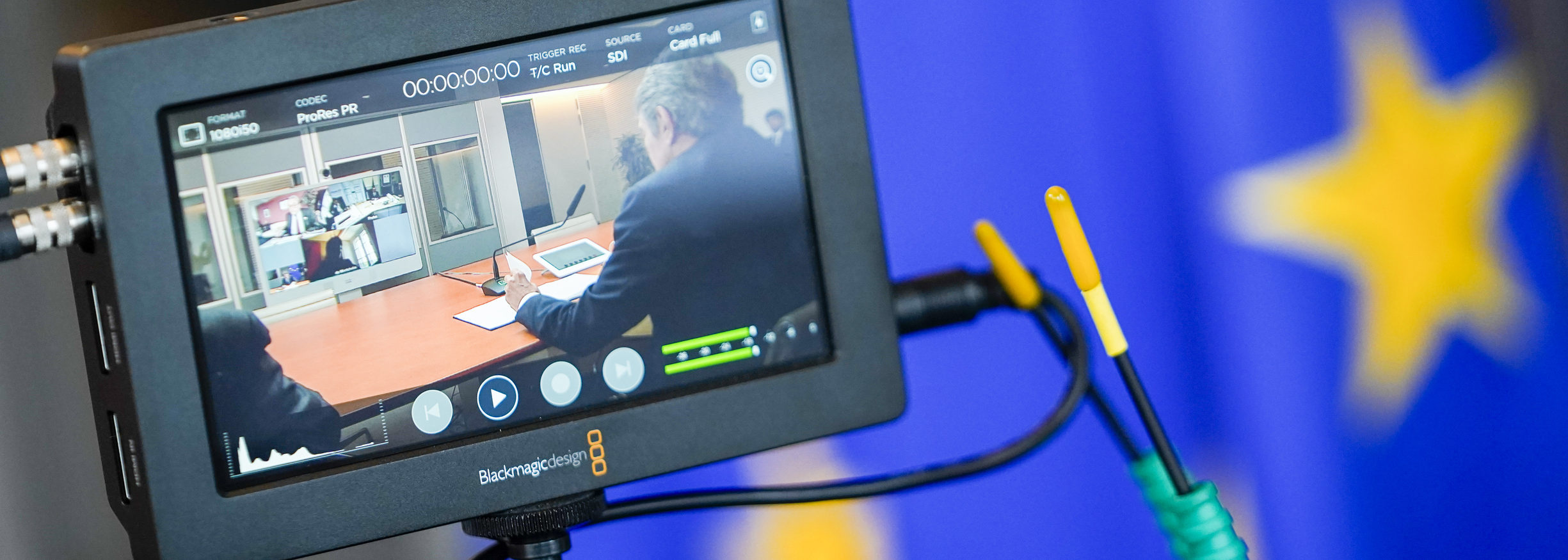EIP Explainer: The role of minority rights in achieving peace
28/07/2015
Resolving and preventing ethnic conflicts is a daunting task. Understanding minority rights is key, even when their implementation is challenging. By Ivan Shalev
Our new article series “EIP explainers” focuses on mediation practices, the nature of conflicts and how conflicts can be solved. The aim is to cut through the jargon and provide readers with an overview of key concepts that are at the heart of what we do. This “EIP explainer” is written by Ivan Shalev and looks at the role of minority rights.
Ethnic conflicts are largely motivated by collective insecurity about the future. We see, time and again, how actual or perceived threats to the physical, social or cultural integrity of ethnic groups create cycles of instability and violence. Achieving peace requires the management of inter-ethnic relations in a manner that reduces such uncertainty – especially for those likely to be marginalized.
When cooperation between ethnic communities is more beneficial to their aims than conflict, credible and objective frameworks of rights, responsibilities and accountability help subside the emotional divisions rooted in identity. This is easier said than done. If we are dedicated to peace, we must not only recognize the standards of protection and promotion of minority rights. We must also anticipate the challenges of their implementation.
Minority rights explained
Broadly speaking, minority rights encompass four areas: protection of existence, promotion of identity, non-discrimination, and effective participation. They apply to individuals and groups with a shared race, ethnicity or other characteristic. At an international level, they are articulated in the 1992 United Nations Minorities Declaration, inspired by Article 27 of the almost universally ratified 1966 International Covenant on Civil and Political Rights. By way of example, individuals belonging to an ethnic minority must not be subjected to genocide or forced assimilation. They must be recognised for their distinct identity and freedom to affirm it, for instance, by deciding on their names and languages. Authorities need to accord them equal treatment in law, policy and practice. Furthermore, minority groups should be able to participate in decision-making, particularly on issues that affect them.
Over time, Europe developed the strongest minority rights framework. The Council of Europe adopted the 1992 European Charter for Regional or Minority Languages and 1995 Framework Convention for the Protection of National Minorities, alongside mechanisms to monitor their implementation. The Organization for Security and Cooperation in Europe issued the 1990 Copenhagen Document and a series of Recommendations on topics ranging from education to broadcasting rights. Its High Commissioner on National Minorities specifically identifies and addresses causes of ethnic tensions and conflicts. Finally, the protection of minorities is a European Union accession criteria, while discrimination towards members of national minorities is prohibited under the legally binding 2000 Fundamental Rights Charter.
Europe’s turbulent past explains why the region is sensitive to minority issues. Just one of its many endured crises was the ethnic conflict in Kosovo. Its resolution was partly approached in a normative manner. Ethnic minority communities in Kosovo include Serbians, Roma, Ashkali, Egyptians, Turks, Bosniaks, Gorani, Croats, Montenegrins, and in some municipalities, Albanians. When in 1999 the United Nations Interim Administration Mission in Kosovo was mandated by the Security Council to act as a transitional administration, one of its first acts was to adopt Regulation No.1999/24 and invoke the aforementioned treaties. It later signed technical agreements on implementation with the Council of Europe, and, rather uniquely, reported to United Nations Treaty Monitoring Bodies – a function otherwise reserved for States. In parallel, the famous Ahtisaari Plan proposed detailed provisions on minority community and individual rights, while also ensuring that relevant international standards are now explicitly incorporated in Kosovo’s Constitution. In my brief encounter with Pristina and North Mitrovica, I witnessed how these normative commitments were the foundation for alleviating primary concerns, for example by allowing people to correspond with public institutions or educate their children in their proper language.
Implementation: Four challenges
But we tend to forget that incorporating guarantees to minorities in peace agreements is only the beginning. Implementation is full of stumbling blocks that require the foresight to:
Recognise the context
Majority-minority agreements are always contextual, and not just because each conflict has a unique background and potential for resolution. The very recognition of a minority group relies partly on subjective criteria, such as the will of its members to identify with the group and to preserve its distinct characteristics. It is impossible without real dialogue and understanding of the context.
Foster integration
Legal safeguards protect minority identities from undesired assimilation, but should not be an excuse for increased segregation and ethnicisation of politics. Genuine investment in national policies for integration of diverse societies remains a matter of long term stability and effective governance.
Go beyond ethnicity
We must be attentive to traditionally marginalised or vulnerable individuals within minority communities, starting with women and children. Doing so may also open channels for dialogue which are not dominated by ethnic identity, because these individuals may have relatable experiences.
Own the imperfect process
Peace accords and political arrangements tend to contain vague and generalized language. They are usually difficult to implement due to lacking details and diverging views on the spirit of the agreement. Translating commitments into practice relies on the sincere ownership from conflicting groups, authorities, ethnic communities, academia, civil society, media and the public.
Mediators and peacebuilders may not be ultimately tasked with enforcing normative frameworks, but we need to recognise the role of minority rights in resolving and preventing ethnic conflicts. We must anticipate the challenges they introduce and assist the peace process accordingly. A failed implementation process can easily become the cause for a new conflict.

